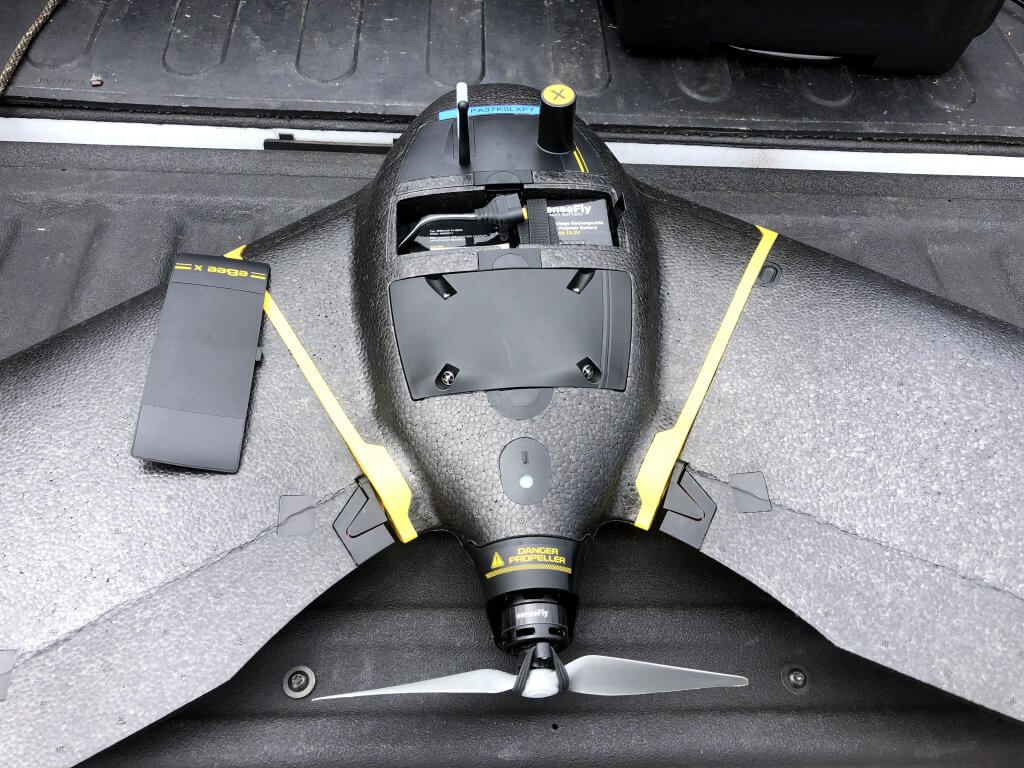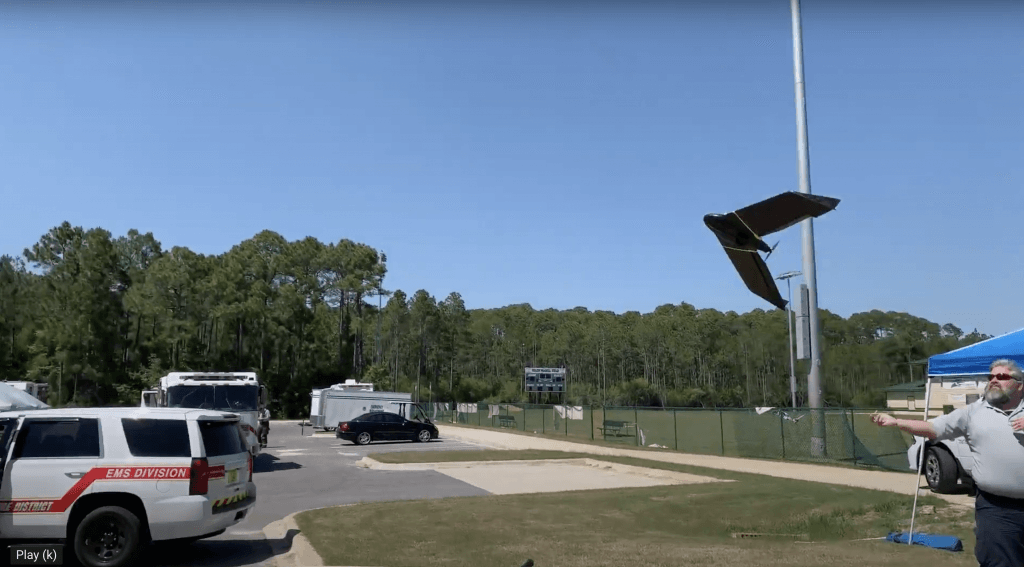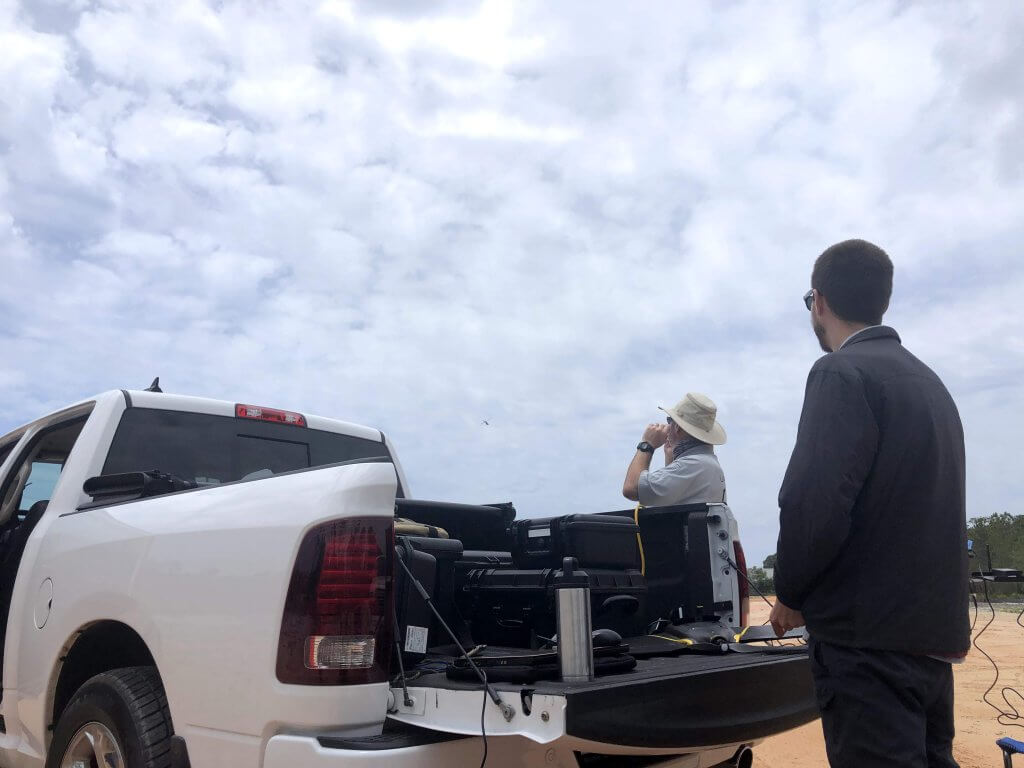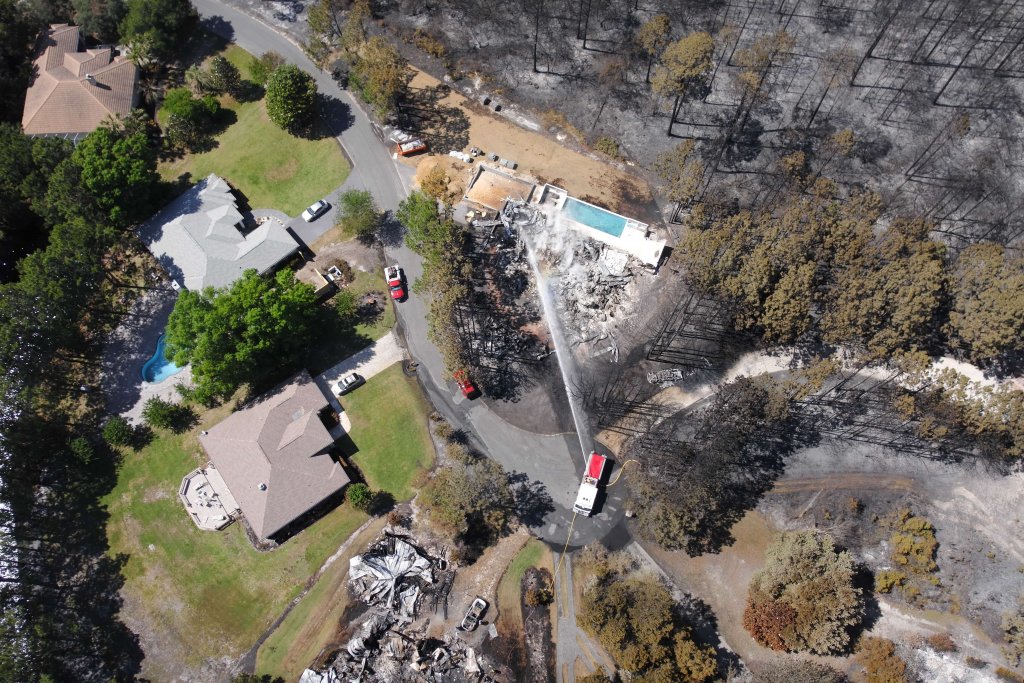Every year in Florida, thousands of acres of wildland and many homes are destroyed by fires, caused by lightning or burning debris. In May 2020, the Mussett Bayou fire in Walton County was just one of 70 wildfires burning across the state, following a period of drought, high winds and low humidity. Burning almost 350 acres of land, damaging 59 structures and destroying 34 homes, the fire was difficult to get under control.
David Merrick, Director of the Center for Disaster Risk Policy (CDRP) and the Emergency Management and Homeland Security Program at Florida State University, and his team were on-site during the wildfire to assist emergency rescue teams. We sat down with David to find out more about how the eBee X helped to map the affected area and provide crucial insights.
Photos by FSU Center for Disaster Risk Policy, May 7, 2020
The right tools for the job
To map a high-stakes incident like the Mussett Bayou fire, Merrick’s team needed mapping tools that were quick and easy to use, as well as capable of producing reliable and high-quality data.
Lightweight, fixed-wing drones fit the bill, offering significant efficiency benefits over traditional multi-rotor drones, such as long-range endurance for flying further distances over a longer period of time.

After several trials and personal recommendations, they chose our eBee X fixed-wing mapping drone. This enabled flight times of up to 90 minutes, single-flight coverage of up to 500 ha at 122 m (1,236 A at 400 ft.) and high-precision on-demand RTK/PPK for achieving accuracy down to 1.5 cm (0.6 in) – without ground control points.
Detailed planning
But there were some initial obstacles to overcome, despite the overriding benefits of the eBee X. The fire took place during the peak of the COVID-19 pandemic, so the university campus was closed and travel restricted. This meant lengthier approvals than normal before the team could travel to the fire.
Fires are also unpredictable by nature, so flight planning was key. Merrick’s team had to count on insights from the Walton County command post before they could decide on the drone’s flight path.

Using our included eMotion flight planning software also helped the operators assess flight feasibility, plan routes and load elevation data in advance. Many of the open areas near the fire were already being used to store large equipment, so eMotion enabled the team to find a safe location, with enough space to launch and recover the drone.

Overcoming challenges
On the first day, Merrick’s team covered the entire affected area with two flights, while on the second day they flew at 400 ft to gather insights for lower-level modeling of the damaged and destroyed homes.

Conditions were extremely windy; operators had to fly the drone in gusts of up to 20 knots, but the device was robust enough to withstand the high winds. The drone also performed well in steep, short landings, despite the stiff headwind.
“The pressure on the team to map the area as quickly and efficiently as possible was huge, due to the continually changing nature of this wildfire,” explains Merrick. “We chose to use a fixed-wing drone, so we could capture a highly accurate map of the active area in just two flights and one hour of data processing. Speed and simplicity are crucial in this type of project, which is where the eBee X delivered.”
Gathering vital insights
In the two-day period, over 2,000 images were captured, which allowed the team to create detailed maps of the affected area. The fast-processing speed also proved crucial in helping the fire service to rapidly control the fire.

County Emergency Management has since used the data to support their formal damage assessments, to review how many houses were affected or destroyed in the fire. It has also been important in documenting damage to public infrastructures, such as local telecommunications and power.

It doesn’t stop there; the imagery will continue to be used for many years to come to educate homeowners throughout Florida on the importance of ‘burn-bans’, where fires are forbidden during certain environmental conditions.
Looking ahead
Despite the ever-changing complex challenges, the CDRP team mapped the Mussett Bayou fire quickly and efficiently using the eBee X. The next step will be to look at using the drone for projects with a bigger scope, for example, to assess the damage and carry out reconnaissance across the state following hurricanes. The team will also be using the eBee X to reevaluate rapid needs assessments (RNAs), allowing them to quickly build base maps before rescue operations enter hurricane-affected zones – helping to further improve situational awareness and safety for response teams in the area.




